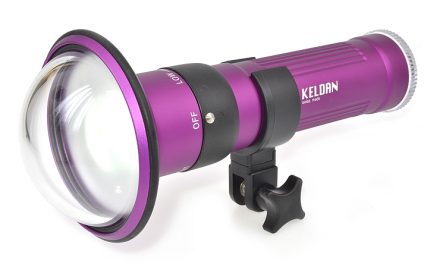Without dive light O-rings, diving would not be quite the same. They seal your dive light by creating a rotating, static, and sliding seal, keeping the components of the light safe from contaminants and flooding. Despite their reliability, 0-rings require maintenance. If you understand them, then you are able to properly maintain them and intelligently utilize them.
Low pressure O-rings are quite common in dive lights as well as diving cameras. When you dive in extreme conditions, like salty and dirty water, salt and sand may work their way into the seal, leading to a leak. You should regularly clean user-accessible O-rings, preferably after every dive.
Start by soaking the light in fresh water to to dissolve the majority of the dried salt at the seal. You should then dry the gear and open it. Then, by pinching the O-ring between your thumb and forefinger, remove the O-ring with your fingers or a plastic o-ring picker. Do not use anything sharp or metallic. In a pinch, the edge of a credit card will work. Be gentle and don’t stretch it out.
Once the o-ring is safely removed, wipe all dirt and grease from the ring using a soft, clean, lint-free cloth. While cleaning it, inspect the o-ring for cuts, nicks and any signs of wear. You may use a strong light and a magnifying glass. Replace the O-ring if its worn or damaged.
To lubricate the o-ring, place a small dab of product on your fingers and run your fingers over the o-ring until it’s evenly coated and shiny. There must be no gritty feel. But if there is, you should clean, inspect, and re-lubricate. An o-ring which has been lubricated properly is smooth and slick with grease, without any grease blobs. This lets it properly slide into the groove on the dive light and create a nice, tight seal. Note that excess grease will attract dirt.





